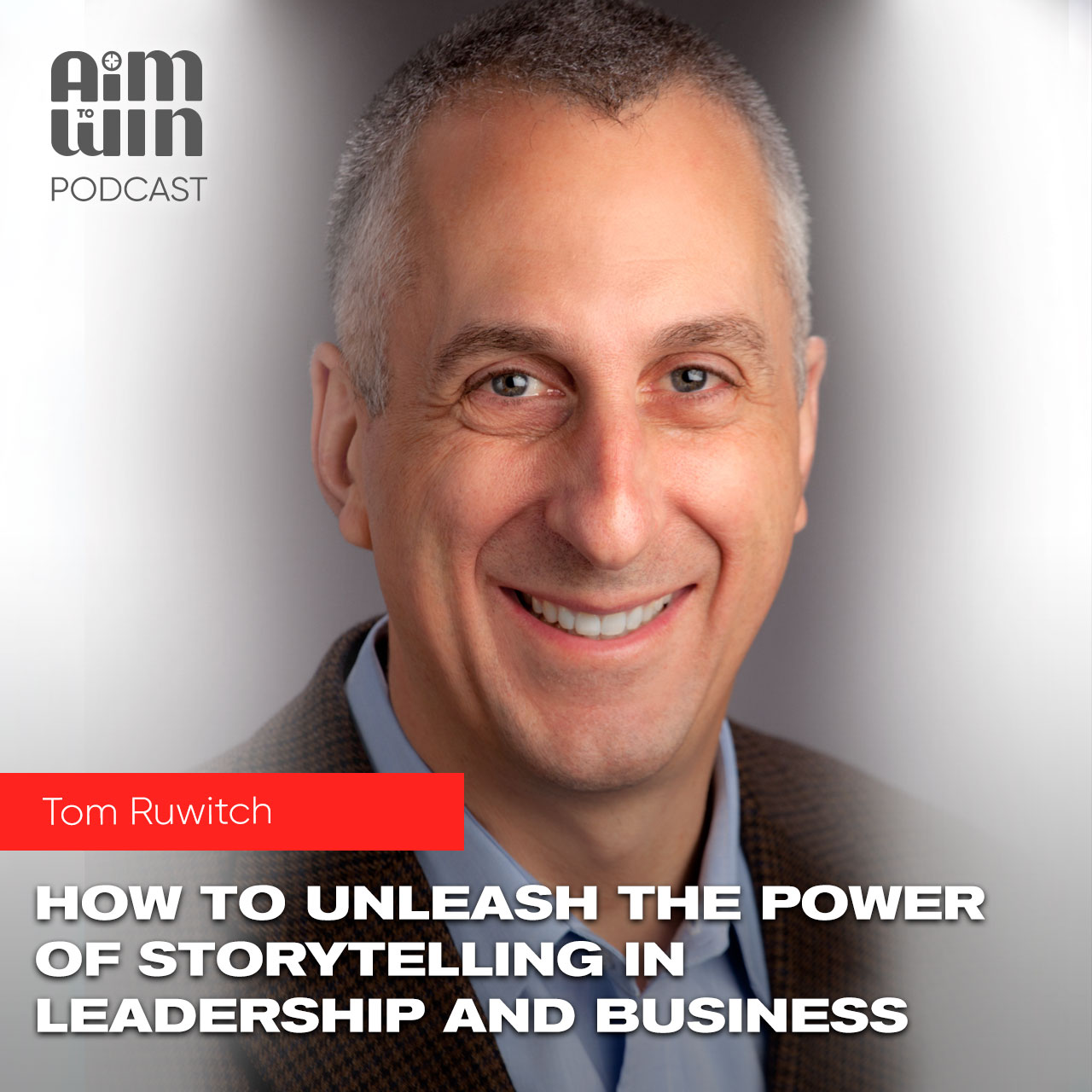Tom Ruwitch shares about storytelling in leadership, and practical strategies to transform your content from ignored to adored and turn marketing from frustrating to fun. He also talks about the rise of AI and why you should never delegate relationship-building to AI tools like ChatGPT.
Who Is Tom Ruwitch?
Tom Ruwitch is a consultant, content-marketing expert, and founder of Story Power Marketing. He is a digital marketing pioneer who founded the email marketing software and services company MarketVolt in 2001 — before most business people had even heard of email marketing. Today, coaches, consultants, and other experts hire Tom to power up their stories and stop dishing out the same old boring content that turns off prospects.
Why You Need to Master the Art of Storytelling
What is the secret to great online content? According to Tom, it’s really simple; you just have to do two things for the audience: inform and entertain. Your followers are constantly bombarded with uninspiring content, and the last thing you want to do is become part of the problem.
Storytelling is the easiest way to stand out in a sea of mediocre content. Tom explains that storytelling is a powerful tool that can transform how your audience remembers and responds to information. Humans have been telling stories from the beginning of time, and our brains are wired to relate to them. The good news is that storytelling is a learnable skill just like all other skills. You just have to practice and find a fun and natural way to address your audience’s pain points.
The 3 E’s to a Great Story
Want to bore your audience to death? In place of stories, simply list a chronological sequence of facts. At the core, people are fueled by stories. We thrive on them and use them to form meaningful connections. So by leaving out stories, you miss the opportunity to connect and inspire. Unfortunately, this is the sad reality of today’s marketing and leadership.
We need better stories, and there is no better way to achieve that than using the three Es.
- Empathise – Put yourself in your audience’s shoes. What’s keeping them up at night? What problems do they badly want to solve? Figure that out and deliver your solution using a story to make it relatable.
- Envision – What does the other side of the mountain look like? Is there a happy ending? Sometimes your audience knows the expected outcome, but you still have a duty to reveal it to them.
- Enable – Enable their journey. Draw a path for them. Your story should emotionally charge them so much that they want to take action today.
The problem with information marketing is that the author goes straight to the solution. They don’t acknowledge the audience’s pain points, and they definitely don’t make it relatable. But here’s the thing; nobody really cares about your solution. All they want to know is what you can do for them. And storytelling is the fastest route to go from a salesy creator to the invited guest your people want to talk to.
The Rise of ChatGPT and AI-Generated Content
ChatGPT has taken the internet by storm. We are all fascinated by it and, at the same time, concerned by its intelligence. That said, the question on everyone’s lips is, can we compete?
Yes, the AI-powered bot is super intelligent and can solve complex problems within seconds. However, Tom believes it lacks something that makes humans unique – personality. Of course, this is something the bot can learn over time. But it’s almost impossible for AI-powered tools to learn how to create real, relevant, and relatable stories. Savvy marketers understand that AI is a complement and not a substitute to their content creation strategy. They use it to shorten your research process but never delegate the creation part to a bot.
Tom’s Take on Super Bowl Commercials
We’ve all seen our fair share of great and not-so-great Super Bowl ads. But what makes an ad iconic, and can you use a similar strategy to scale your small business? Tom explains that you can draw practical lessons from big brands like Budweiser and CocaCola, but it’s not sustainable. More often than not, these big brands focus on paid brand building and spend billions to get in front of their potential customers. Unfortunately, as a small business, you cannot afford that luxury. All you can do is direct response marketing. Focus on educating, informing, and entertaining your customers – only then can your online presence feed the narrative you’re trying to sell.
Resources Mentioned In Show:
Connect with Tom on LinkedIn – https://www.linkedin.com/in/tomruwitch/
Tom’s website – https://storypowermarketing.com/
Get Tom’s Never-Boring Emails – https://storypowermarketing.com/email-landing-page/
Made to Stick: Why Some Ideas Survive and Others Die by Chip and Dan Heath – https://www.amazon.com/Made-Stick-Ideas-Survive-Others-ebook/dp/B000N2HCKQ

